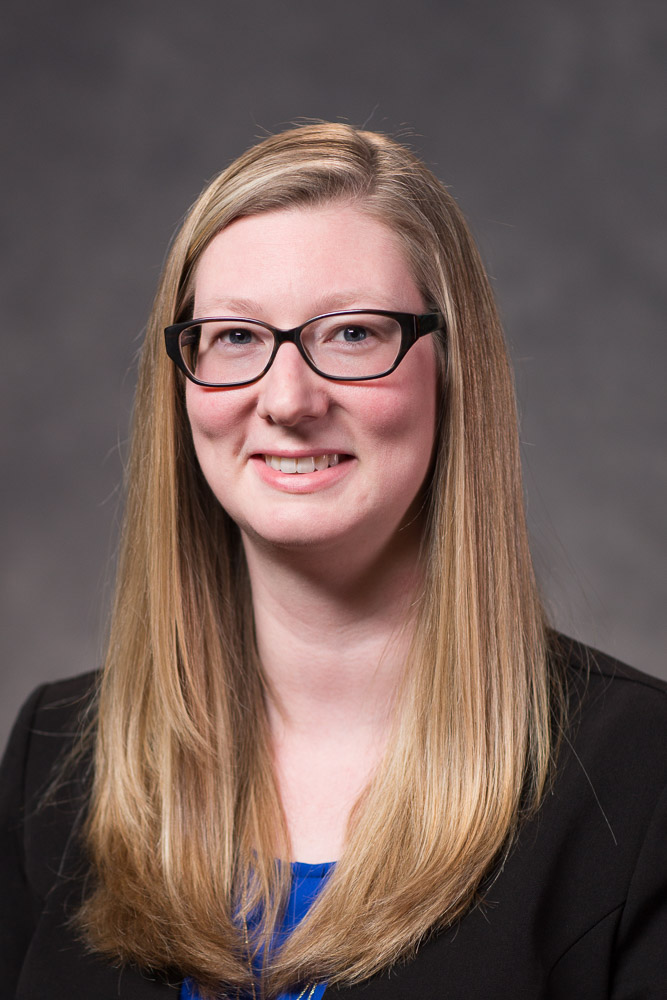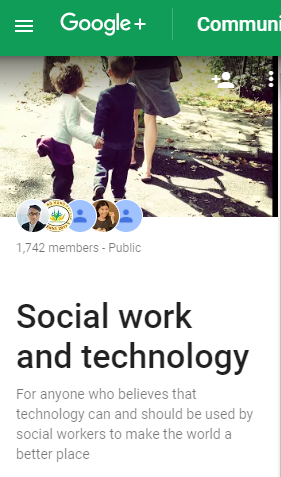#SWTech: The Beginnings of an Online Community
In just a few days, Google will eliminate its online community platform, Google+, and with it will go the first iteration of our #SWTech Online Community. This has me thinking about the whys and whats of how our #SWTech community started and developed, and how it will soon evolve. This blog post is my first attempt to chronicle the people and platforms that shaped our community. My methods were simple. I sent emails to some members requesting information, and talked over the phone and video calls with others. I readily acknowledge the bias and poor memory that I bring to this brief and simple historical record. In fact, this was a common theme I heard from others. I think Neil Ballantyne, Senior Lecturer at Open Polytechnic of New Zealand and board member of husITa, said it best when I asked him how he discovered the #SWTech group:
Using Rubrics to provide Strength-based Feedback for Social Work Assignments

Editor’s Note: I am excited to welcome back Kristen Samuels, MSW, MS, MEd, the Field Director for University of Phoenix’s Department of Social Work, for this month’s guest educator blog post. Back in December 2018, I sent a tweet asking for advice on how to improve my grading practices, and turned the responses from colleagues into a blog post. Kristen was one of those colleagues and I asked her to turn her own tweets about strength-based feedback and rubrics into this blog post. Kristen can be reached at Kristen.samuels@gmail.com, or @KristenMSamuels on Twitter.
I recently returned to the classroom as a student in an EdD program. Although I certainly struggle with the workload, committing to life-long learning and taking the role of the student has made me a better instructor. As I am reminded of the anxiety that comes with unclear expectations or inconsistent grading practices, I become more aware of my own approaches for delivering feedback in my online classrooms. In discussions with my peers about the rigor and intensity of the doctoral writing process, we reflected on our individual fears in presenting written assignments to any of our former professors. Writing is an incredibly complex and emotive process. Students are asked to read, comprehend, apply, analyze, summarize, etc., and then present content in an integrated, accurate, and convincing way. It would be easy to miss a step and lose confidence in our position, and in that way, students are vulnerable when turning in written assignments. After putting forward long thought-out interpretations and opinions of the material, it is difficult to not view feedback as a personal attack on our intelligence. We wind ourselves up in self-doubt, and add undue stress when we throw in the impossible task of deciphering tone from an instructor’s feedback.
Strength-based feedback for Social Work Assignments
For this reason, and particularly for us as Social Work educators, we owe it to our students to present feedback with care. This can be as simple as avoiding capitalizing words (the online equivalent of shouting), and intentionally leading/ending feedback with what the student has done well in the assignment. Research on feedback tells us that affirmative comments acknowledges students’ efforts and encourages learning, instead of emphasizing grades (Stipek & Chiatovich, 2017). It is also an excellent way to model strengths-based approaches with our students!
List of Podcasts for Social Work
Editor’s Note: Melanie Sage is an assistant professor of social work in the School of Social Work at the University at Buffalo. In this blog post, she gives an overview of podcasting in social work and shares her crowdsourced list of social work podcasts.
Once upon a time in not-so-long-ago history, broadcast media was limited to the hands of radio professionals with fancy recording devices. Regular people on tight budgets have long tried to harness the power of audio recording and broadcasting, from ham operators to low-fi analog reel or tape recorders. Suddenly, in the last decade, affordable high-quality recording devices fit in the palms of our hands, along with the means to broadcast our voices internationally at very little cost.
Early social work podcast pioneer greats include Jonathan Singer, who launched the Social Work Podcast in 2007 and has over 125 episodes, and inSocialWork, which launched in 2008 at the University at Buffalo School of Social Work, and now has over 250 episodes. You can listen to either of them in your favorite podcast streamer, such as Apple’s iTunes Podcast Streamer or Spotify, for over 300 hours of learning from experts in our field. You can listen during your commute, at the gym, while doing chores, or when you’re getting ready in the morning. They make it so easy to fit lifelong learning into your day. Learn more about how to listen to podcasts by watching this short video.
Changing my grading practices in 2019: Tips for #SocWorkEd
At the end of last semester, I was grouchy about grading. If I am going to be truthful, I am always grouchy about grading. Don’t get me wrong; I love reviewing student work and offering feedback about their growth as a social work professional. What makes me grouchy about grading is that I don’t have a solid process for providing quality feedback in an efficient way. Every semester I find myself spending a lot of time typing comments and not really sure students are looking at anything but the grade. I keep up with grading comments in a word document and I use rubrics, and grading still feels overwhelming. So I decided to reach out to my professional network on Twitter for their suggestions and ideas.
I sent this tweet on December 9th:
And my colleagues did not disappoint; sharing some great ideas from using autotext software to employing self-care strategies. I captured their responses in a Twitter Moment and selected a few to try this semester. I am going to outline their ideas in this blog post, and try them out this semester, reporting back at the end of the semester about what worked and didn’t work for me.




